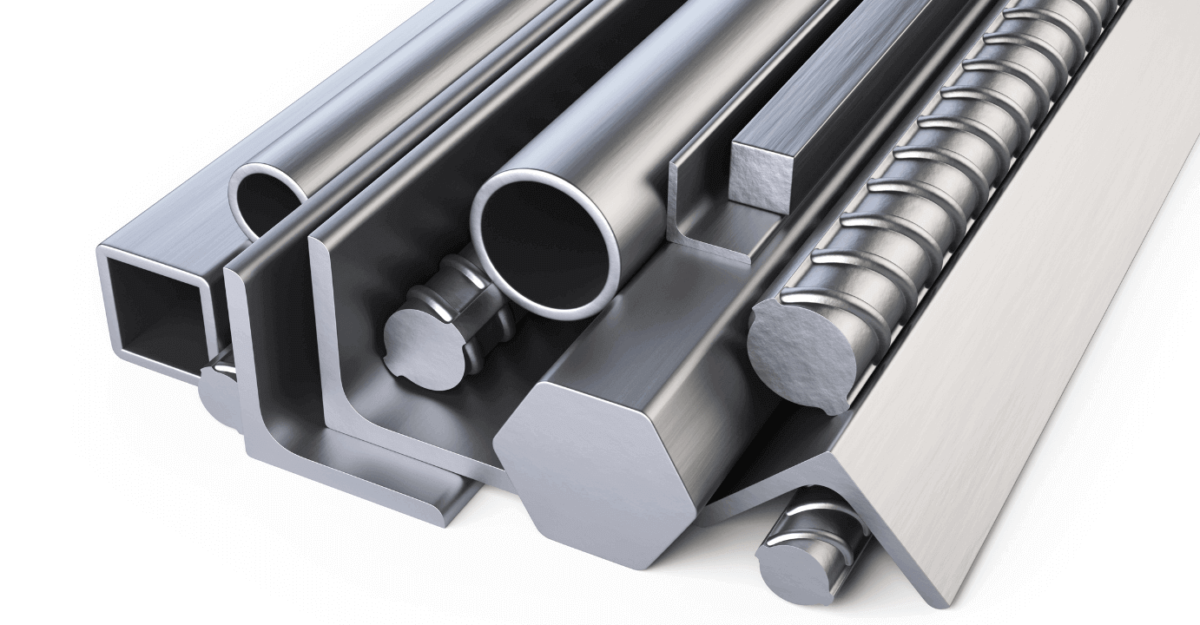Stainless steel, as we know, is the most common and essential building and engineering material throughout the world. It can use in manufacturing millions of products.
Stainless steel can form when many elements are chemically combined. Iron is the main foundation of all steel, and it can use due to its rusting properties. It can not consider suitable for mechanical work because it is too brittle and soft and can break easily.
Iron is the main element in steel, and when it combines with a highly reactive element such as oxygen, it results in the formation of iron oxide or rust. So, to prevent the formation of rust, some other ingredients are added to the steel. Adding 10% of chromium to the mild steel can prevent the chemical bonding of the reactive elements to the iron. Thus it prevents the formation of rust and makes it stainless steel.
You can say that stainless steel is an iron-chromium alloy that contains non-corrosive properties due to the presence of chromium. Stainless steel is more expensive and does not rust. It is more corrosive resistant, has high-temperature tolerance, and has huge tensile strength than mild steel.
Stainless steel having nickel can also improve its corrosion-resistant properties and protect from rust. It also enhances the durability, formability, and weldability of stainless steel.
Types of Stainless Steel
Stainless steel, no doubt, is a very common and popular material and is used mainly in various items. It can not confine to only one type, but you can find its multiple types. Based on the compositions of the components, stainless steel can divide into different types. Some of the main types of stainless steel are as follows:
- Austenitic Stainless Steel
- Martensitic Stainless Steel
- Ferritic Stainless Steel
- Duplex Stainless Steel
1- Austenitic Stainless Steel
Austenitic stainless steel is considered the most common type of stainless steel, and it is also among the most used type of stainless steel. The austenitic stainless steel possesses two main characteristics. Compared to the other steel alloys, austenitic stainless steel has much higher chromium.
The higher chromium content makes this stainless steel more corrosion resistant, thus preventing corrosion and rust. The second main characteristic of austenitic stainless steel is highly non-magnetic. But, after the cold working, it may tend to become magnetic. The main structure of the austenitic stainless steel is similar to the structure of regular steel. It provides weldability and formability at high temperatures. This type of stainless steel cannot complicate by the high temperature and are very expensive. 304 and 904L alloys are the most common types of austenitic stainless steel.
2- Ferritic Stainless Steel
Ferritic stainless steel is the second most common type of stainless steel. This type of stainless steel has magnetic properties, and so is magnetic. It shares a similar structure with the low alloy steel due to the presence of chromium with the small quantity of carbon. Due to the absence of toughness in the welds, this type of stainless steel has limited use compared to the other types. But ferritic stainless steel can be used for various purposes that do not require welding.
Moreover, ferritic stainless steel cannot be hard with the help of heat treatments. But, the items produced with it may be complicated with cold forming. It can prove highly resistant to stress corrosion cracking. Due to the presence of less nickel content, ferritic stainless steels are less expensive as compared to austenitic stainless steel. This type of stainless steel can use in industrial entities and kitchen cookware. The 430 and 434 alloys are the common ferritic stainless steel.
3- Martensitic stainless steel
Martensitic stainless steel is considered the least common type of stainless steel alloy, and martensitic stainless steel is less resistant than austenitic and ferritic stainless steel. Martensitic stainless steel is similar to ferritic stainless steel. But the main difference is that the carbon percentage of martensitic stainless steel is higher than the ferritic stainless steel. Due to a high rate of carbon, martensitic stainless steel is durable, rigid, and anti-rust.
In some cases, to improve its corrosion-resistant property, it is combined with a protective coating of the polymer. This stainless steel can use for such applications or items that require high tensile strength. It may use primarily in the manufacturing of pumps or valves. 431 and 420S45 are the most common martensitic stainless steel materials.
4- Duplex Stainless steel
The duplex stainless steel has a microstructure that combines half ferritic stainless steel and half martensitic stainless. It has more corrosion resistant than austenitic stainless steel. The duplex stainless steel also shows resistance to stress corrosion cracking, but its strength and resistance to stress corrosion cracking are higher than the other stainless steel alloys. This stainless steel is also magnetic and weldable.
The duplex stainless steel can divide into different grades. The followings are the grades of the duplex stainless steel.
- Super duplex steel
- Standard duplex steel
- Duplex 2507 stainless steel
- Lean duplex grades
- Zeron 100 stainless steel
Due to its greater strength, high mechanical properties, and high corrosion-resistant, the duplex stainless steel has various applications. It can use in multiple industries, including chemical engineering, architecture, water, energy, and oil and gas. It can use to construct tunnels, seawalls, bridges, etc.
Stainless steels also have many other grades, such as:
- Cast-stainless steel
- Precipitation-hardened stainless steel
It can produce in a variety of textures and finishes. Each type or grade of stainless steel has its uses based on its composition and properties.
What Makes The Stainless Steel Stainless?
Stainless steel, as we know, is highly corrosive resistant and is not rust in a corroded environment. The oxidized or rust layer damages the steel entirely, so it is compulsory to make it corrosion resistant to prevent any damage. The formation of the oxide layer can help in making the steel corrosion-resistant. An oxide layer is a thin layer formed on the surface of the steel and prevents it from corrosion. This oxide layer formed on the surface of the steel can term a passive layer. The passive layer protects the corroded environment.
Chromium is the primary material added to the steel to make it stainless steel. The chromium aids in the formation of the passive layer on the surface of the stainless steel, thus making it corrosive resistant.
The percentage of the chromium should be 10.5% in stainless steel to make it practical corrosion resistant. The higher the rate of chromium in the stainless steel, the more it will show resistance to corrosion. Similarly, less chromium percentage makes the stainless steel less corrosion resistant. Many other elements can add to the stainless steel to enhance corrosion resistance further. These elements include:
- Molybdenum
- Nickel
- Manganese
The exposure of oxygen to the steel surface is also compulsory for forming and maintaining the passive layer on the steel surface. The bold exposure of the steel and the preventing and maintaining the steel surface from the deposits is essential for the formation and maintenance of the passive layer on the steel surface.
In most cases, the passive layer may destroy due to unsuitable environmental circumstances and expose the steel, resulting in steel corrosion.
The stainless steel is corrosion-resistant, resistant to low and high temperatures, and strong and can fabricate. It can be maintained and cleaned easily. It is long-lasting, durable, and has a low lifecycle cost. Stainless steel is aesthetically attractive as compared to other metals. Moreover, it is environmentally friendly and can be easily recycled.
Applications of Stainless Steel
Use of stainless steel in various applications and sectors makes it more valuable and somewhat costly. Anti-stain and anti-rust properties make stainless steel major components for broad applications. Some uses of stainless steel are as under:
1: For Medical Instruments
Due to its anti-stain and anti-rust properties, it can manufacture medical instruments. It can not react with cleaning solutions and is easy to clean and sterilize. Some products are surgical implants, hemostats, and temporary crowns.
2: For Kitchen Accessories
It can make kitchen accessories as it has anti-stain and anti-rust properties and provides an aesthetic value to the kitchen and home.
3: Food and Catering Products
Due to its anti-bacterial and anti-rust properties, it can use for food and catering products. It can not change the food properties and keeps germs away. It is also easy to clean.
Conclusion
Stainless steel, due to its properties, is a widely used metal. Corrosion resistance is among the most dominant property of stainless steel. The addition of chromium in the steel results in the formation of stainless steel and protects against rust. It also makes it an essential metal in various applications in different industries due to its greater strength and high-temperature resistance. Stainless steel is divided into different types, further divided into different grades. All kinds of stainless steel have their unique properties and use in various applications. Stainless steel is not only corrosion-resistant; it also offers many other valuable properties. Contact a verified and expert manufacturer to get high quality stainless steel products.

